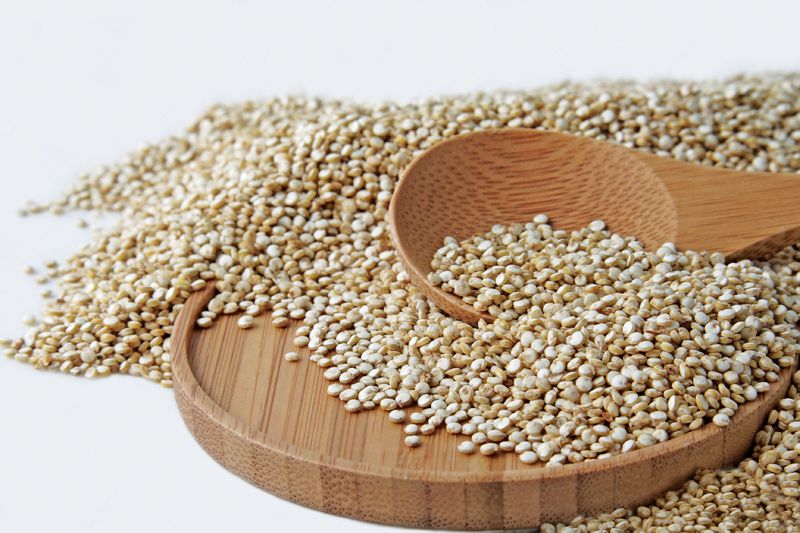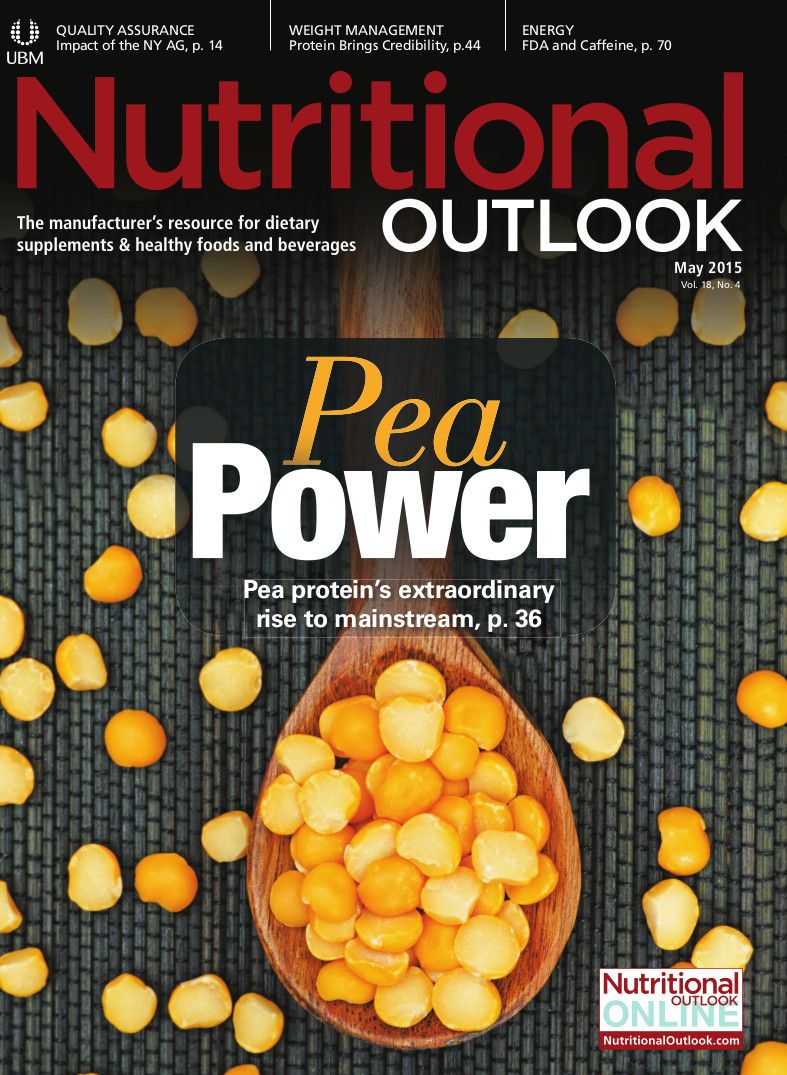Digestive Enzymes for the Protein Punch
High-protein products are only as effective as the enzymes that optimize them.

High-protein products are only as effective as the enzymes that optimize them.
Once the territory of bodybuilders and other extreme athletes, sports nutrition products are now immensely popular among mainstream consumers, from amateur athletes and hobbyists to weekend warriors and beyond. Couple this with the ever-rising demand for functional foods-often taking the shape of protein bars and shakes-and the result is a whole lot of protein circulating among athletes and convenience seekers alike.
The problem is that the body is not equipped to naturally break down and optimize the large amounts of protein arriving via these foods and supplements, explains John Deaton, PhD, vice president of technology at Deerland Enzymes (Kennesaw, GA). “Excess protein that goes undigested in the small intestines could move into the colon where bacteria will break it down, creating ammonia that is difficult to neutralize and may build up over time,” he says. And while the body can handle small amounts of ammonia, large amounts of protein can produce more ammonia than the body can handle on its own, leading to a compromised immune system and even cell damage. Other unpleasant symptoms associated with undigested protein include gas, bloating, and diarrhea.
A Need for Enzyme Supplementation
The solution, of course, lies with enzymes that can break down food particles into an appropriate size for digestion. The problem, explains Amy Pereira, national educator at Enzymedica Inc. (Venice, FL), is that enzymatic activity naturally decreases with age. “To further matters,” she adds, “today’s diet is largely devoid of enzyme activity since enzymes are typically destroyed by food preparation and processing techniques that involve temperatures above about 118°.”
Supplementation with protease enzymes is one way to meet the digestive demands of high-protein foods and drinks. “For those consuming an average amount of protein per meal, protease enzymes hydrolyze the protein consumed, breaking it down to be more easily digested and maximizing nutrient absorption,” says Deaton. “In addition, the body spends a lot of energy on digestion, and an enzyme supplement that assists in breaking down proteins helps the body conserve energy used for other physiological functions.”
Protease Enzymes
When formulating a protease enzyme supplement, there are many considerations at hand. First, explains Bret Wyant, vice president of sales at American Laboratories Inc. (Omaha, NE), the individual protein must be examined. Is it pre-hydrolyzed? Plant-based? The pH range must also be considered. At National Enzyme Company (Forsyth, MO), the recommendation is to include a range of several different proteases optimized at different pH levels to achieve desired results, says director of marketing and formulations Melony Fuller.
“Enzymedica recognizes the need for formulas that would be able to perform throughout the entire tract, regardless of what pH they encounter,” agrees Pereira. “We also recognize the limitations of formulas built with single enzymes. For example, single protease can ordinarily only function in an acid environment or an alkaline environment, but rarely ever in both.”
Plant Protein
Complicating matters is plant protein, which continues to gain traction in the mainstream. While animal proteins such as chicken and steak are single protein molecules that can be broken down by protease enzymes alone, plant proteins are much more complicated, says Deaton. “Plant proteins such as soy and rice are glycoproteins, meaning the protein molecule is bound to sugar molecules,” he explains, which means they’re more difficult to break down via protease enzymes alone. Instead, they must be treated additionally with amylases to break down the carbohydrates. Also falling into this category are quinoa, barley grass, pea, and other grain grasses and legume sources.
For plant protein formulas with a higher fat content-like those stemming from hemp or flax-a higher lipase content would be appropriate, explains Pereira. “Each enzyme is manufactured using a particular raw material or strain organism,” agrees Wyant, “and each can perform slightly differently on the various proteins available.”
As such, finished product manufacturers would be wise to consult with suppliers on the range of enzymes available, to ensure that both formulators’ and consumers’ needs are properly met.
Also read:
Protein Is Weight Management’s Good News
Pea Protein Is Coming Up Strong
Plant Protein: Searching for the Next Soy
How Big a Threat Is Plant Protein to Dairy Protein?
Photo © iStockphoto.com/dr_hector























